The week that was – Special Edition- 10-14th July 2017
Singapore, weekend 15-16th July 2017
After my recount last week of the dramas that unfolded in China it is my great pleasure this week to introduce my partner in crime during the trip, my daughter Kyra. What was supposed to be her maiden trip to China turned out to be quite an adventure 🙂 The reason I am happy to feature her in this week’s blog is that she is able to give an outsider’s look at what we do as lighting designers…she knows me as her dad and telling her stories about my work, but that is not the same as actually experiencing it! So here she is in a special edition of the Light Talk blog!
Light. People often take it for granted when it’s there, but when it’s gone or poorly lit you sure do notice it. Understanding the skill of a good lighting designer is one of the biggest things I’ve learned filming and making videos for my Dad as a professional video producer. Earlier this year I made a corporate video for Klaasen Lighting Design, my Dad’s company, and it was the first real opportunity I’ve had to truly understand what my Dad actually does and how he does it.
When I tell people my Dad is a lighting designer, many of them actually have no idea what that really means or have even heard of such a profession. General responses I get are “Oh, so he designs lamps?” or “You mean lighting in theatre or film?” I realised that it is a fairly universal term, because a lighting designer can be in many different fields. The best way I explain it to others is the way my Dad explained it to me: “You have an architect, an interior designer, and then there’s me, the lighting designer! We all work together. Just like an interior designer decides on colours, materials, what type of furniture goes where, a lighting designer chooses what lights, where they go, where they shine, etc.” But of course it involves much more than that.
After completing the KLD corporate video, I had so many of my friends and colleagues commenting on how much they enjoyed watching it and how cool my Dad’s job is, because for the first time they genuinely understood what his role as a lighting designer is. To me, this also reinforced the importance of my role showing how powerful the visual story telling of video actually is. For the corporate video I travelled to KLD’s Singapore office to film interviews and accompany my Dad to his on-site projects. I’d never been to my Dad’s new office before and it was a really great experience getting to know his staff and conduct interviews with his senior project managers and lighting designers in the office. Interestingly enough, while I was scripting, filming and editing the corporate video, I realised I only really knew on a surface level what my dad did and getting to experience it first hand was a very eye-opening and immersive experience. So, as much as other people learned while watching the video, I learned just as much in the process of making it.
After the success and positive feedback of the flagship corporate video, we decided that it may be a nice idea to try doing specific project videos, in a perhaps more documentary-like fashion. An idea we were both excited about and were keen to explore.
So my Dad decided to begin with the Alila Yangshuo Hotel project in China. So I travelled with him and his senior lighting designer and manager of the project, Cheryline, to film the grand opening of this hotel. You will of course know what happened to this project from my Dad’s last blog mentioning the flooding, which was a very unexpected and sad twist of fate in direct contrast to the happy festivities of the previous day. However, despite the flooding, it does not diminish what an absolutely fantastic and beautiful project it is. So yes, the hotel has had a setback, but I am really excited to edit this project video together, because it is a wonderful project and I had an amazing time there amidst the majestic Guilin mountains, watching my Dad and Cheryline do what they do best. – their jobs as professional lighting designers! We arrived 2 days before the opening, so that there was time to check the lighting installations and make sure everything was honky dory before the big day. Of course, my job was documenting all of this. Later on I also travelled with my Dad to his Xitang project just outside Shanghai, which is still in the early building stages.
Being able to tag a long and make these videos has taught me a lot about my Dad’s job, so I thought I would share what I’ve learned.
- Translators. Working in different countries with different cultural norms, and you don’t speak the language: my Dad doesn’t speak Chinese (or only very little), so how does he communicate his vision with the rest of the design and construction team? This was a very interesting process to witness. Cheryline played a key role in this as she can speak both Chinese and English, so it was her job to make sure the communication process happened as smooth as possible. It can make the process rather frustrating and time consuming to have the translations going back and forth through various chains of command.
- Team work: as a designer working with other designers, everybody has their “vision” or their dream of what it will look like. The real challenges is being able to come up with a united vision between all of the designers, while still satisfying the needs and requirements of each individual designer. So being able to have witnessed the dynamic between the architect, interior designer, hotel operator and lighting designer, it created a whole new layer of understanding for me as an outsider, into how much team work is required to reach a final stage of design. Often compromises have to be made.
- The process. Being able to see and understand the process from beginning to end has been interesting. Lighting design is not just about designing, it’s about communication and testing, and keeping up to date with the latest technologies, having good relationships with suppliers and manufacturers. Working with a ginormous group of people from other design consultants, to contractors to hotel operators. It’s about being able to adapt to changing circumstances and still come up with a beautiful design that still celebrates the building space, even if it doesn’t end up being the original design. This you can only find out my testing the lights on site once they are installed by contractors. So it’s understanding that it’s not just about sitting behind a desk designing something on a sheet of paper, it’s also the physicality of actually going to site and testing these lights too.
- Testing lights at night. This is such a small simple stupid thing that I hadn’t even thought about. When are lights the most prominent and play the biggest role? At night of course. Hence often lighting designers work through the night, because they can only test the performance of the light at night – at night. Very obvious and logical, but not something you think about if you’re not a lighting designer.
- Clients. As with any job, you’re going to have different kinds of clients which will fall into a certain category or stereotype. It’s doesn’t take long to figure out what kind of client you have on your hands. Tagging along with my Dad, I was able to see what kind of clients he has to deal with and the constant juggling act between compromising to give the client what they want, whilst still being able to maintain high quality professional lighting standards. This more often than not has a pretty close correlation with how much the client respects you as a designer versus them just wanting you to get the job done no matter the compromise on quality. KLD does a lot of hotel projects, so this means dealing with the hotel operator as well.
- Integration. I’ve learned that good lighting is how well it is integrated into the architecture, so it comes across as seamless. This comes back to what I said about people taking for granted that lights are already there and not really noticing its direct presence. Unless the design purposely makes light a feature element, more often light is meant to highlight the architect’s work and blend effortlessly into the environment.
- Renderings. During my video editing I have come across the ‘layers of light’ renderings that my Dad does for his lighting design process. These are CG renderings of the project (rooms, exteriors, interiors etc) which show step-by-step each layer of light in the space. This allows you to see the comparison between how the space looks without light, and with each varying degree of light. This has been one of the best visual tools I have used in the corporate video to demonstrate the role of good lighting design in any given space.
These are some of the things I have learned during my time with KLD. Hope you found it insightful, just as I have! Below some of the pictures I took from the site in Yangshuo.
(MK: I added some of Kyra 🙂 )
All the best,
Kyra Klaasen
www.kyramedia.com
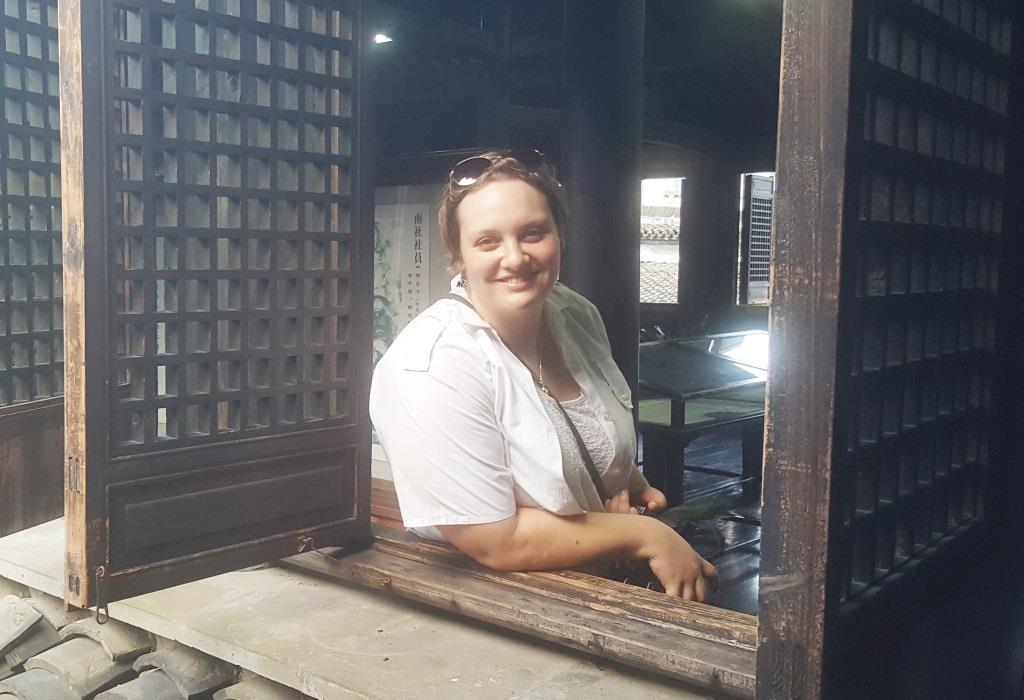
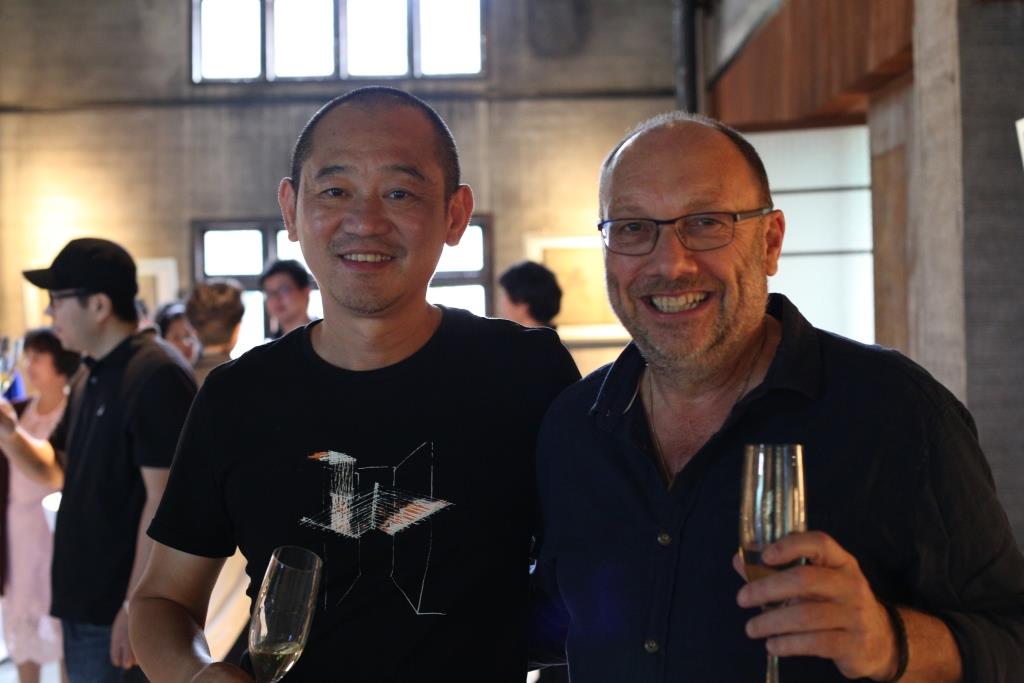
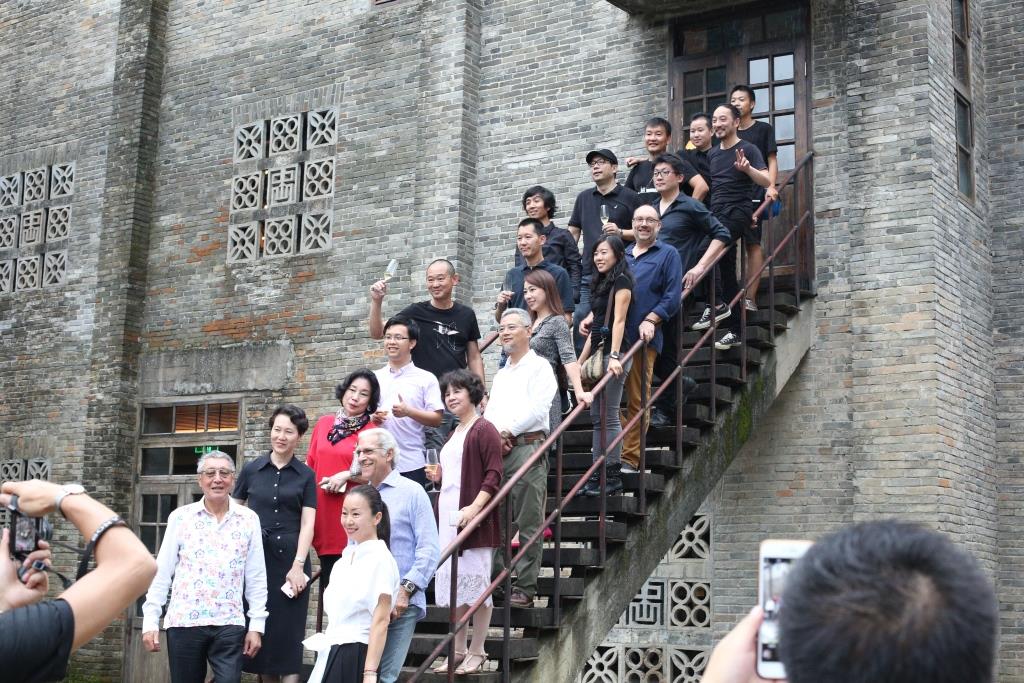
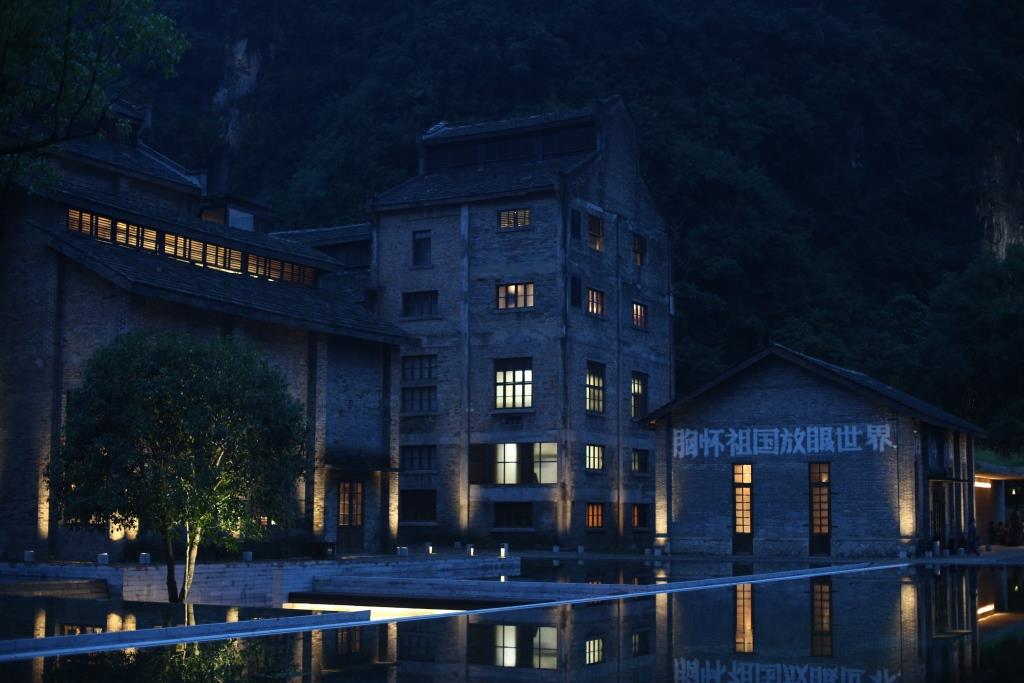
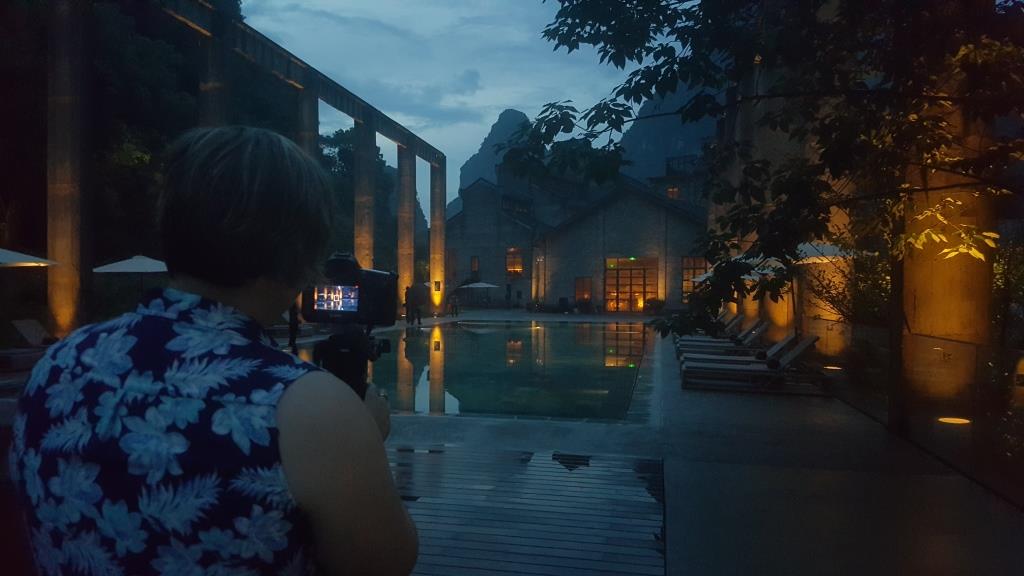
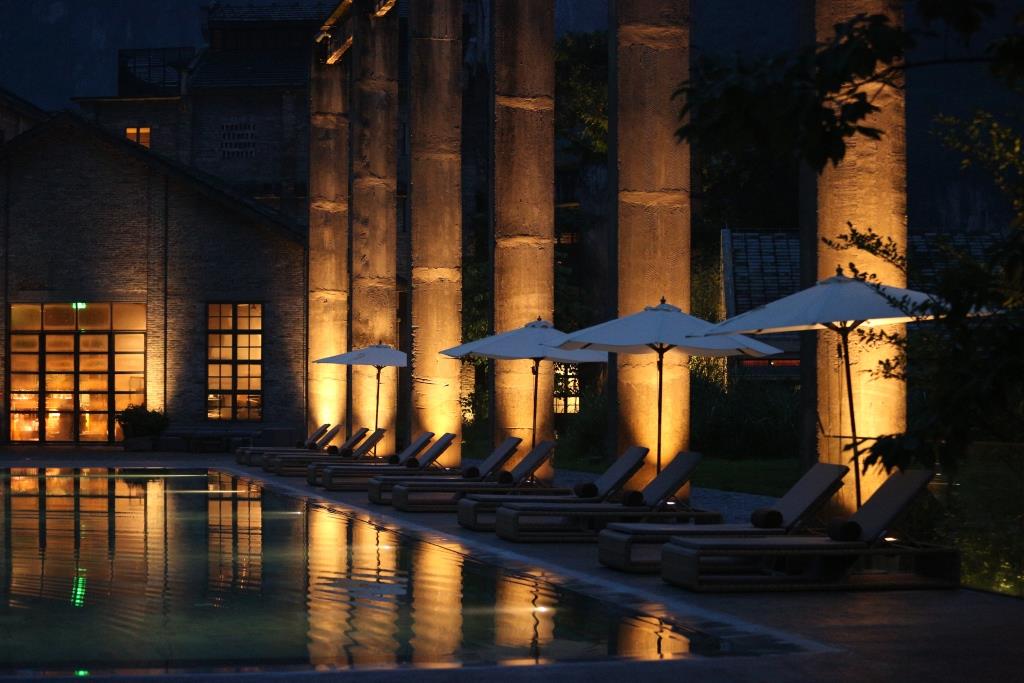
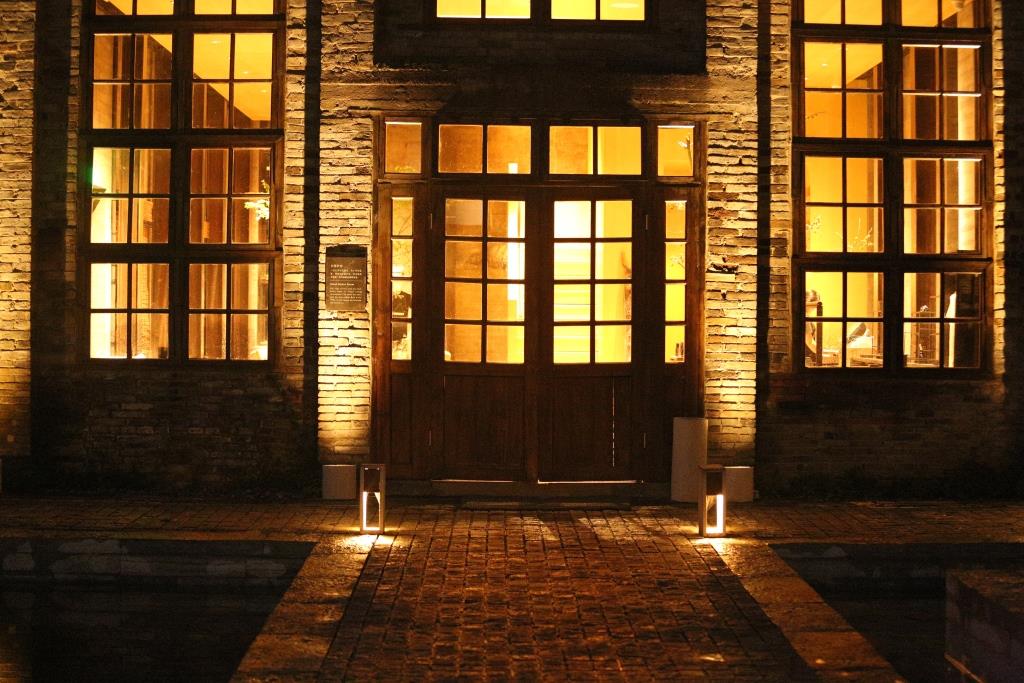
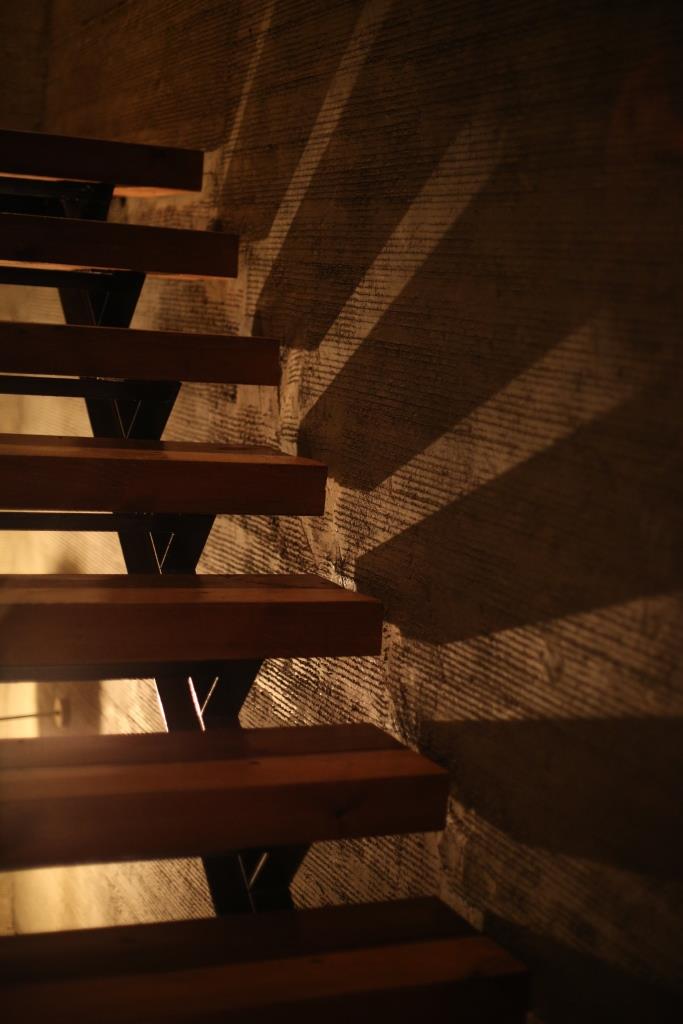
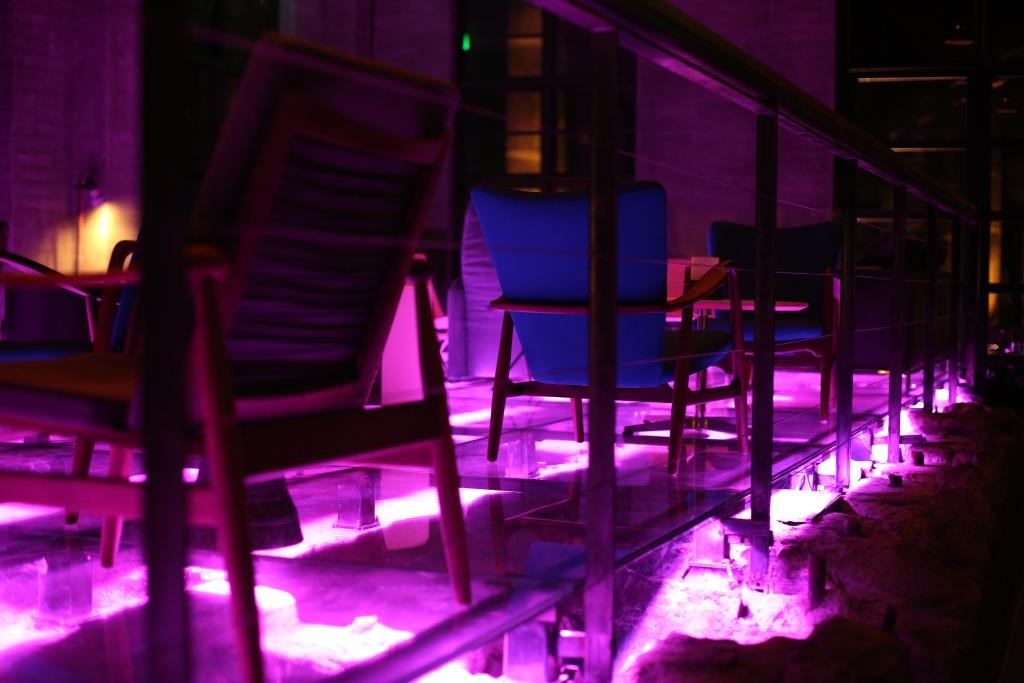
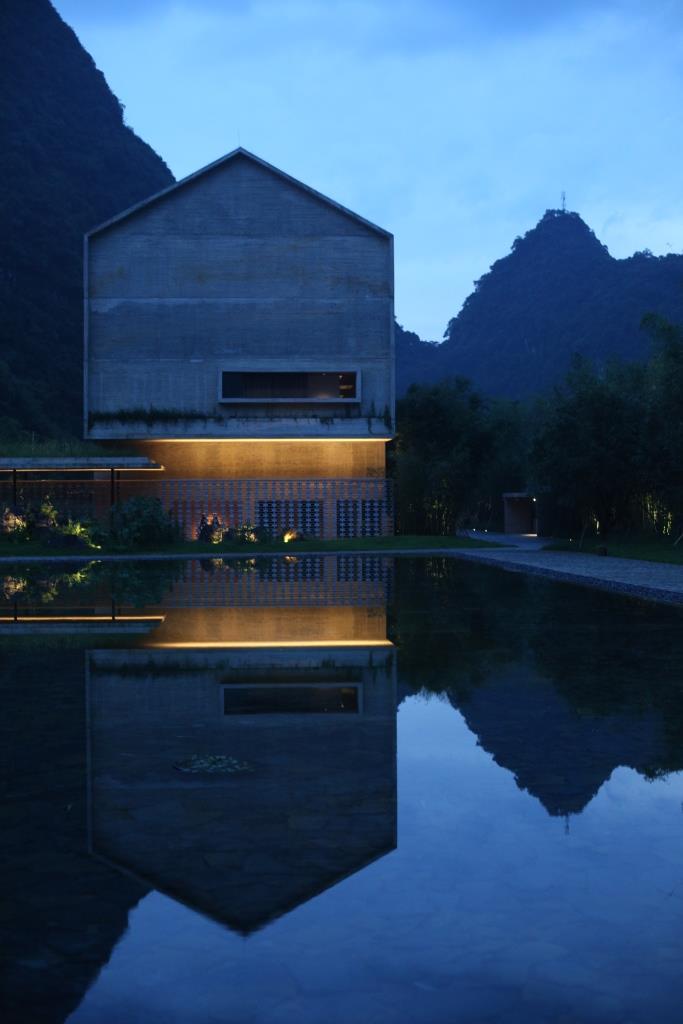
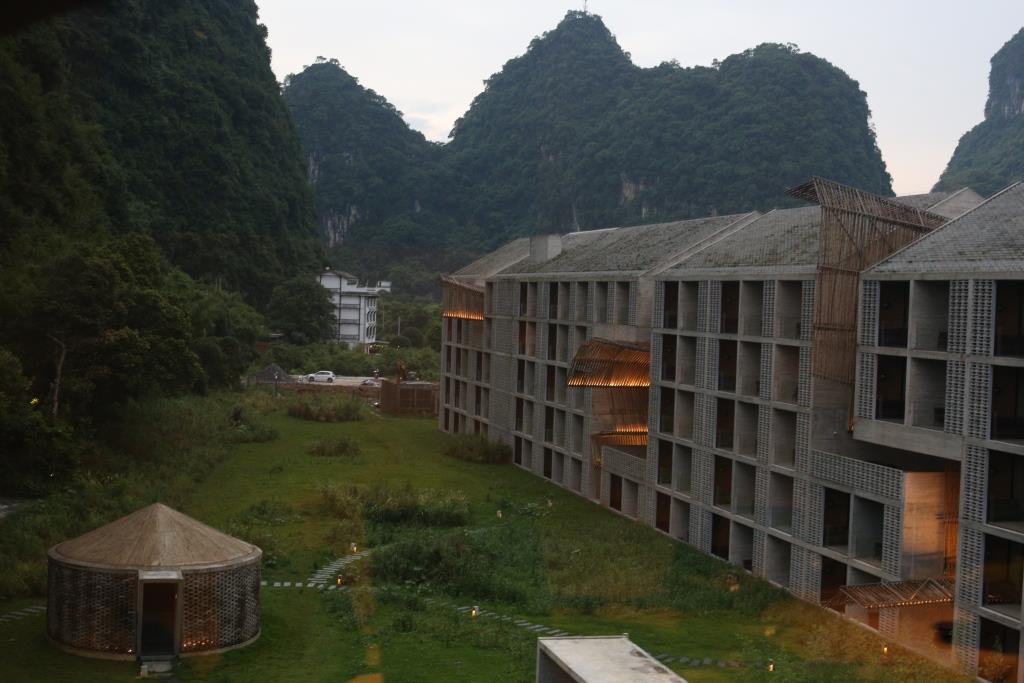

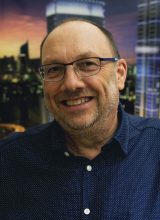
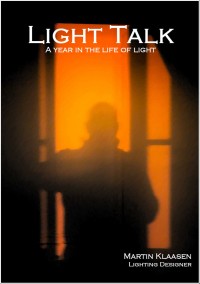 The long awaited book compilation of Martin's first year of blogging is available. Order now.
The long awaited book compilation of Martin's first year of blogging is available. Order now. Feedspot Top 100 Lighting Blogs
Feedspot Top 100 Lighting Blogs